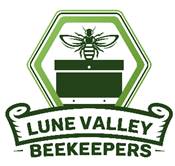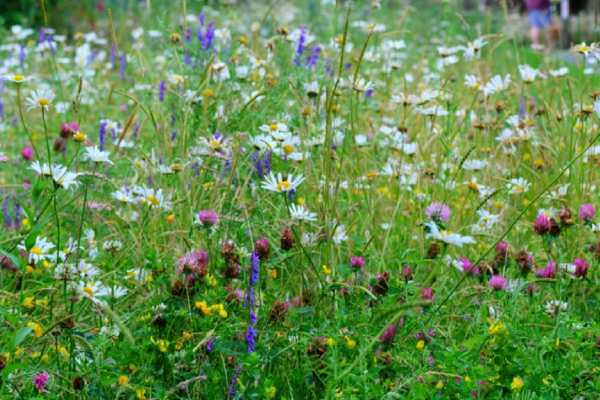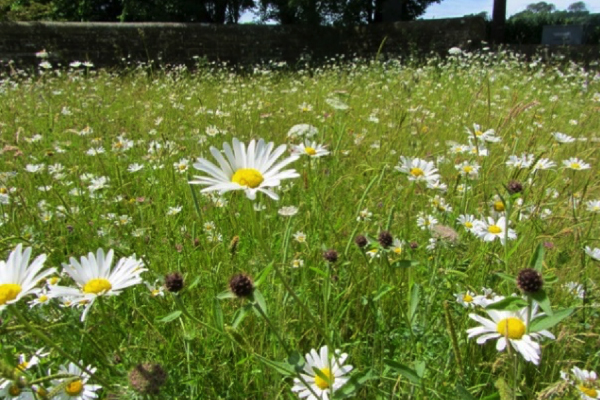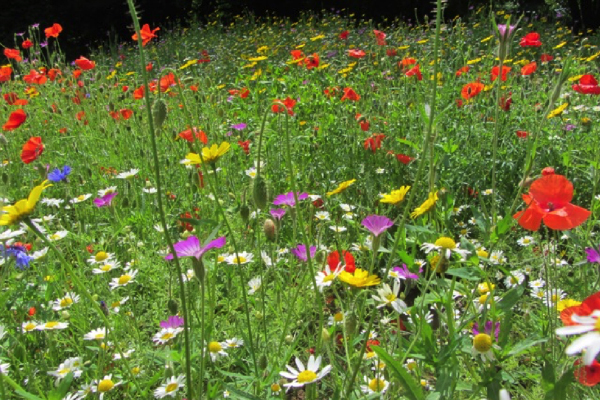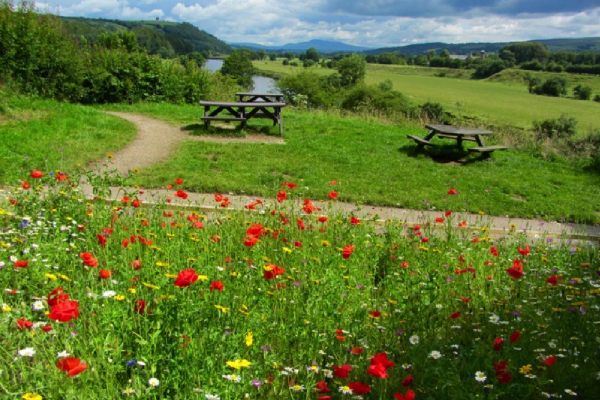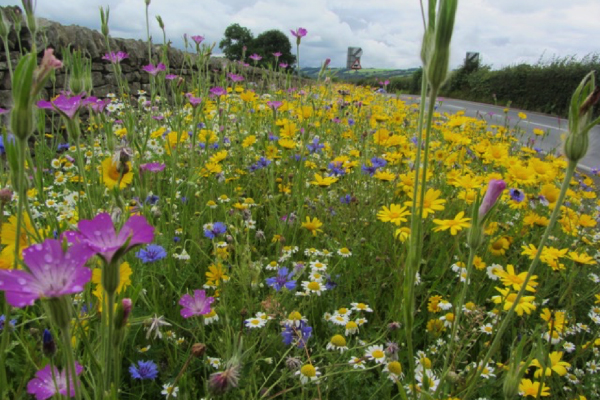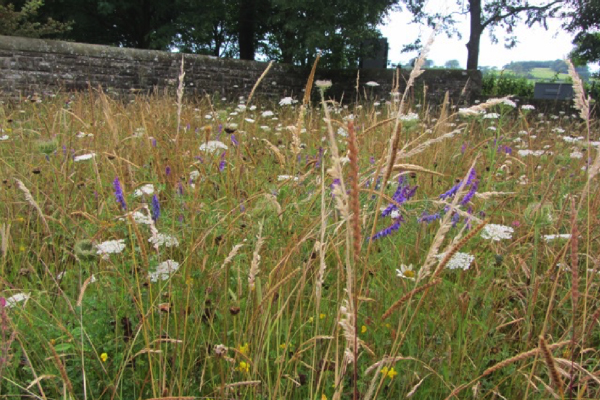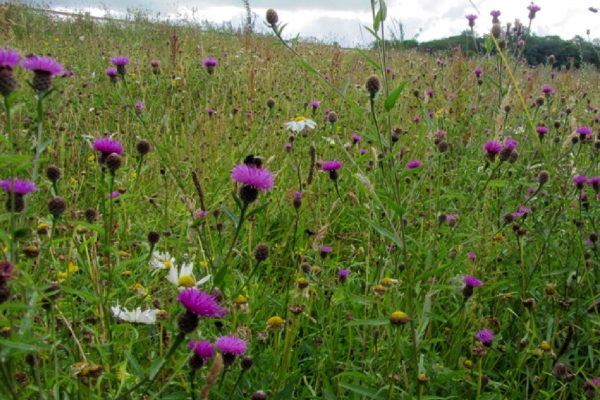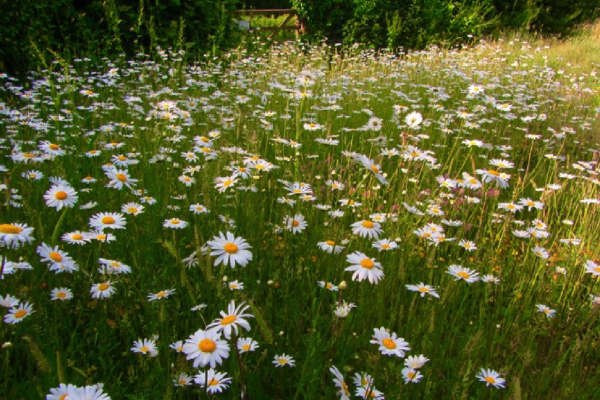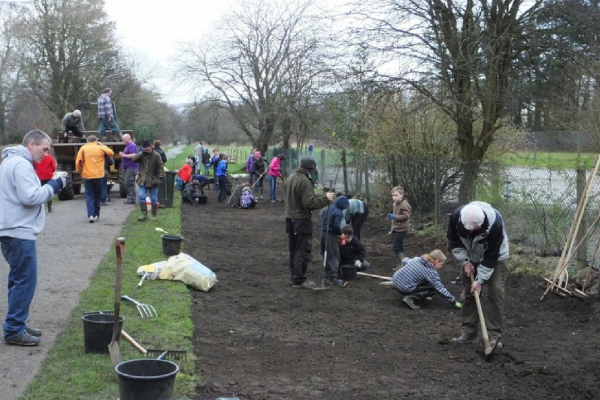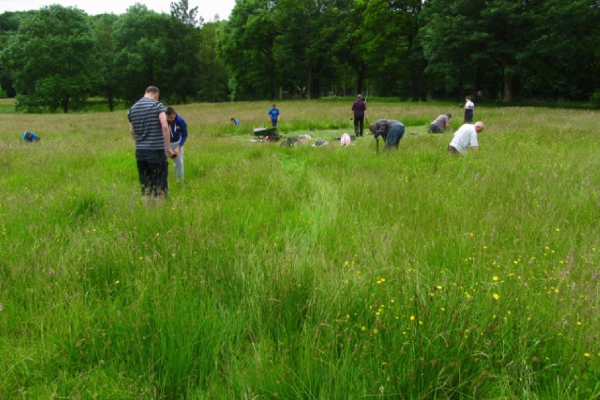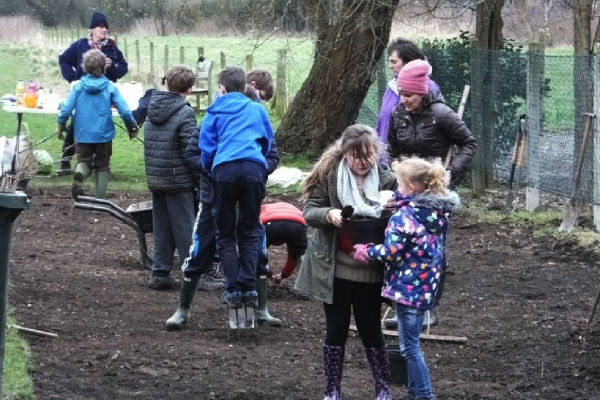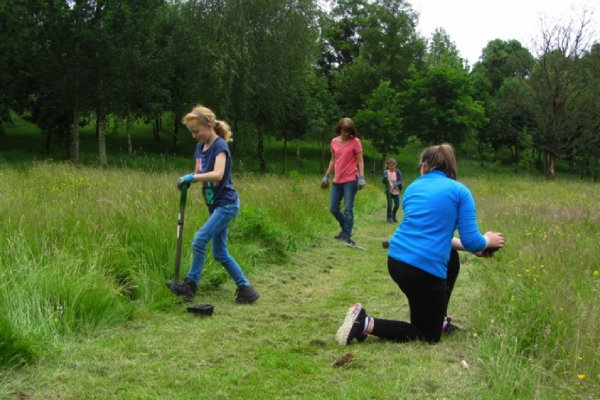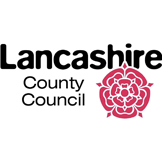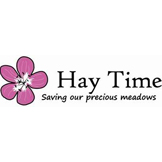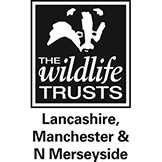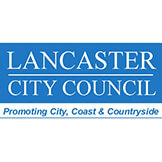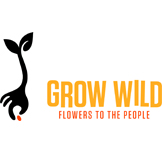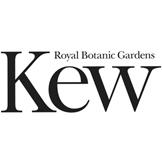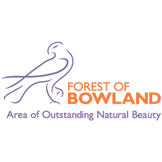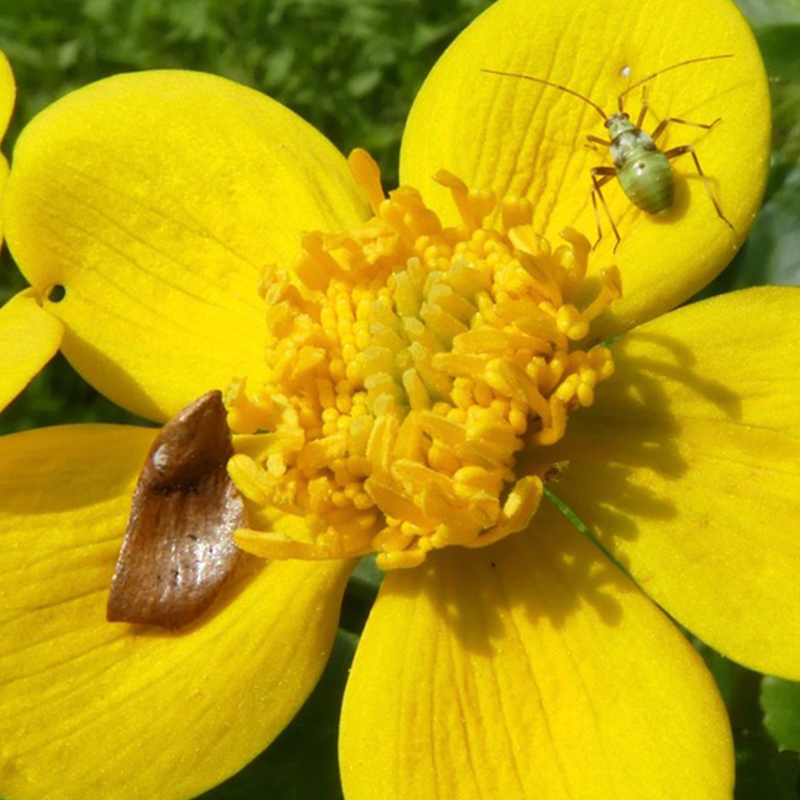Pollinator Patches
Throughout England and Wales, honey bees have been declining at the rate of around 25% per annum for the last 20 years. A number of factors are contributing to this decline but one of the most significant is the decline of available forage due to changing agricultural practices.
Honey bees need to collect nectar and pollen from wildflowers, shrubs and trees in order to survive and much of this came from hedgerows and hay fields. Traditionally Britain was a country of hedgerows but since 1945, half of these have been rooted out and of 15,333,000 hectares of land currently under agriculture, 70% is rough grazing and permanent grassland.
Our Pollinator Patches initiative is aimed at doing something to partially offset the losses of forage by encouraging communities to identify patches of unused or waste land and convert them into patches of nectar producing wildflowers which will benefit all pollinating insects. We provide guidance on how to prepare, sow and maintain the patches. Hopefully, we shall eventually get sufficient patches to link up into pollinator corridors.
Here are some examples of the pollinator patches we have helped to create, click on an image to enlarge:
